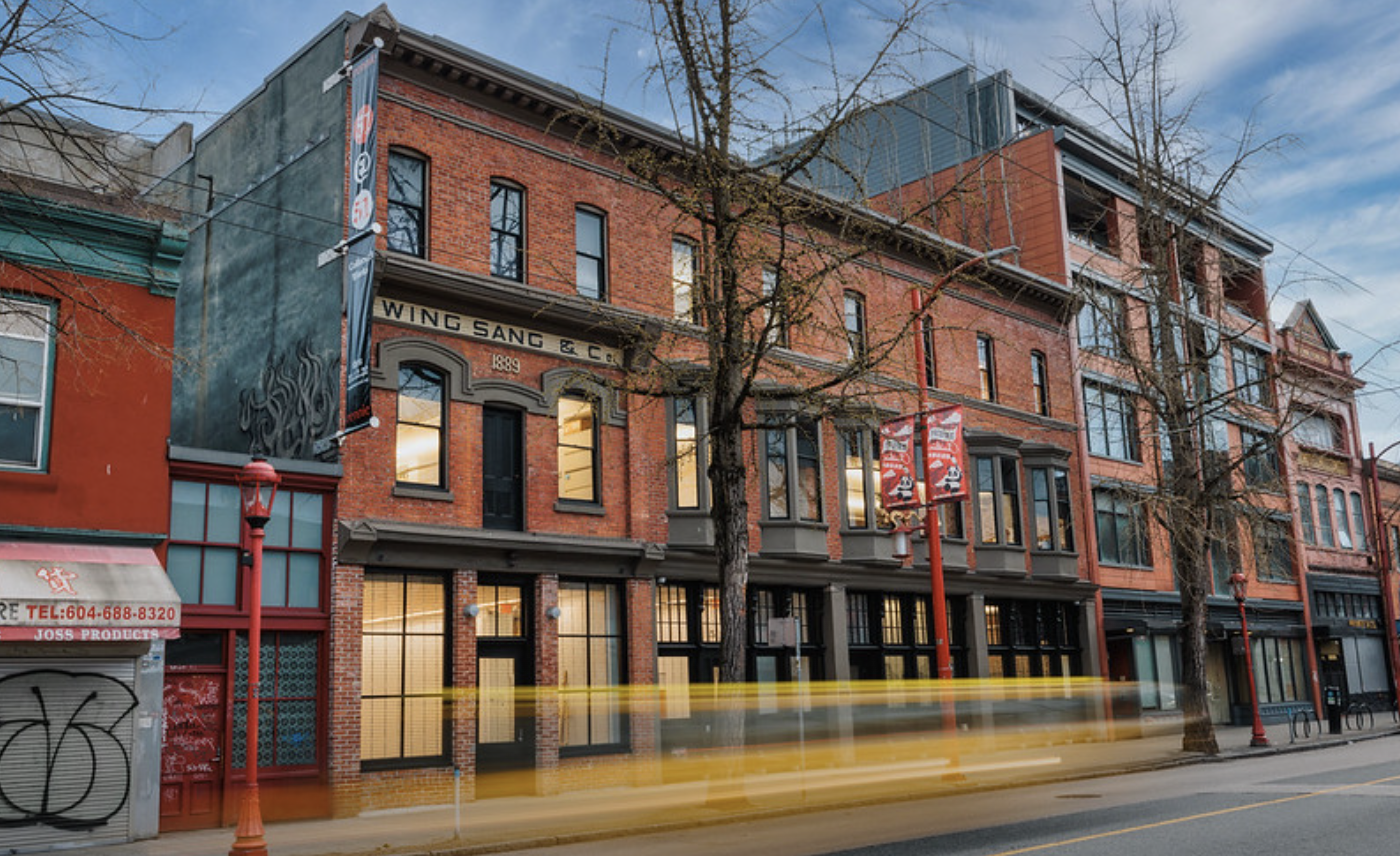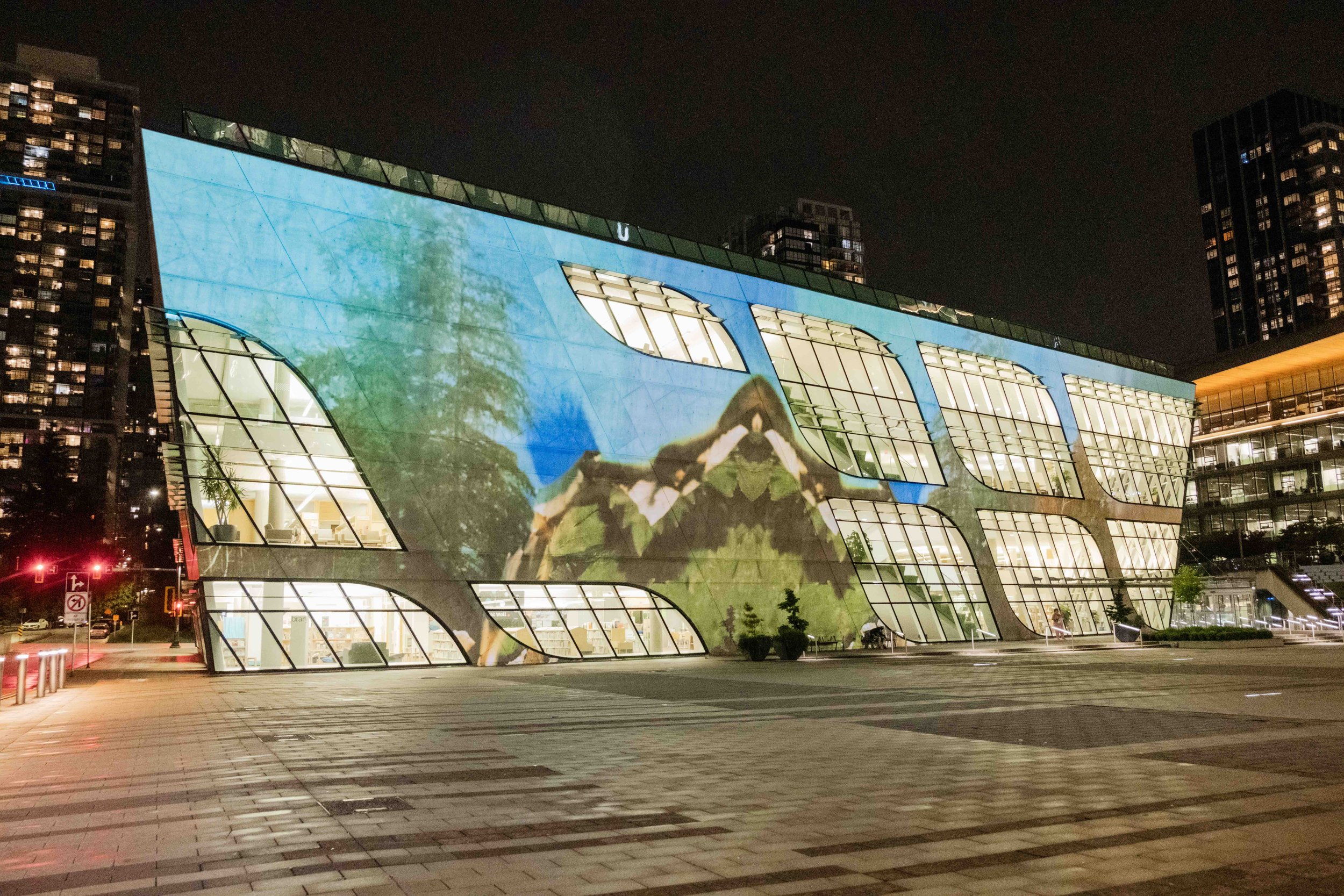Vancouver's Chinese Canadian Museum gets $5,179,000 from Government of Canada
Cultural centre in Chinatown’s historic Wing Sang building opens on July 1
Chinese Canadian Museum.
VANCOUVER’S CHINESE CANADIAN MUSEUM has received $5,179,000 from Government of Canada to support its building and space renewal at its new permanent location. The first of its kind in Canada, the cultural centre is located in the historic Wing Sang building in Chinatown and is preparing to open its doors to the public on July 1.
The latest funds are from the Department of Canadian Heritage and the Pacific Economic Development Agency of Canada (PacifiCan). Money will go toward the development of exhibitions, public-education programs, special events, and community-engagement initiatives.
The museum’s renewal is a three-phase multi-year project focused on revitalizing and upgrading more than 21,000 square feet of building space, which includes expanding the amount of exhibition and programming space for future permanent and temporary exhibitions. The revamped Wing Sang Building will feature bright, contemporary interior spaces for cultural learning and experiences.
The Chinese Canadian Museum’s grand-opening national exhibition, The Paper Trail to the 1923 Chinese Exclusion Act, curated by Catherine Clement, commemorates the 100th anniversary of the Chinese Immigration Act of 1923. The show documents the challenging times and resilience of early Chinese migrants from a period of excessive red tape and discrimination, as well as lasting legacies and lessons from their sacrifices.
“This funding provided by the Government of Canada comes at an important time in our collective history,” Grace Wong, board chair of the Chinese Canadian Museum, says in a release. “It enables us to continue building a provincial museum with national scope that is dedicated to showcasing the history, heritage, contributions, and resilience of generations of Chinese Canadians across B.C. and Canada. We look forward to becoming a vital cultural asset that adds vitality to Vancouver’s Chinatown, stimulating tourism, and fostering cultural inclusion.”
The museum will house an introduction space featuring Odysseys and Migration, an exhibition exploring the Chinese diaspora from 1788 to present day; a period living room with interactive antique objects that transports people back in time to the 1930s when the original owners of the Wing Sang Building, the Yip Sang family, lived in Chinatown; and Chinatown’s oldest school room (est. 1901) with several original elements; the classroom initially served Yip Sang’s children and youth from the community.
There’s also an interactive immigration map where visitors can mark their own origins and immigration journeys; a painted mural by Chinese Canadian artist Marlene Yuen; and a commissioned Indigenous mural by Musqueam artist Susan Point and her son, Thomas Cannell, to honour the strong connection and the historical ties of the Indigenous peoples and early Chinese workers in Canadian history.
“The Chinese Canadian Museum is a transformative place where we can bridge cultures and generations, as well as honour and recognize the Chinese Canadians who came before us and helped shape the country we live in today,” said Grace Wong, Board Chair of the Chinese Canadian Museum. “We want to pay tribute to the sacrifices these early Chinese Canadians made, and share the diverse and interesting stories of multi-generational Chinese Canadians who are part of the diverse landscape that make up Canada, now and into the future.”
The Wing Sang Building, which means “everlasting” in Chinese, was originally built in 1889 as a two-storey warehouse by Yip Sang, a successful merchant. A larger three-storey warehouse was built in 1901 to envelop the smaller building. A separate six-storey building was constructed at the back in 1912 to house his growing family, which included three wives and 23 children. A covered walkway later went up between the buildings over the narrow Market Alley, which was a thriving social gathering spot for the community with laundry shops, a barber shop, and lodgings.
On the building’s façade can be seen a door on the second floor, appearing to open up to nowhere. Its purpose is revealed the museum’s new video campaign “What’s the door for?”, which shares facts about the Wing Sang Building. Featuring renowned Hong Kong-born Asian-American actor Tzi Ma, who is now based in Vancouver, the video series also highlights interviews with some of Yip Sang’s eldest grandchildren, including 88-year-old Mel Yip, who shares insights into his family’s legacy and memories growing up in the building.
Vancouver real-estate multimillionaire Bob Rennie bought the Wing Sang Building in 2004 and renovated and restored it as his office and art exhibition space. In 2022, the Province of B.C. provided $27.5 million to help purchase the heritage building as the home for the Chinese Canadian Museum.
The Province of B.C.’s contributions come to a total of $48.5 million, while $25 million has come from private donors across Canada.
“I think it is extremely important to have a place like the Chinese Canadian Museum so that all Chinese Canadians can learn about our past in Canada, as well as for the entire country to understand how we as Canadians, along with many other immigrants from around the world, have helped build and transform Canada into the diverse, multi-ethnic, multi-cultural and truly eclectic country that we are proud to call home,” Vivienne Poy, Canada’s first Chinese Canadian Senator who was instrumental in establishing May as Asian Heritage Month, says in a release.
For more information, see chinesecanadianmuseum.ca






























